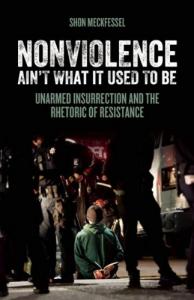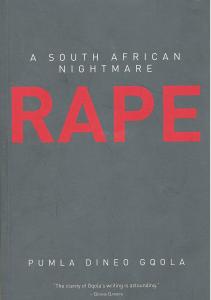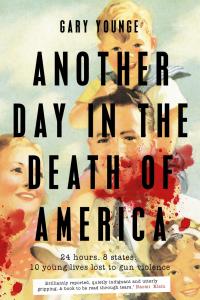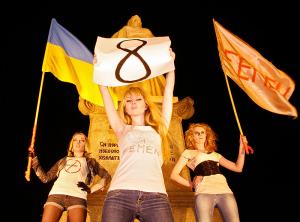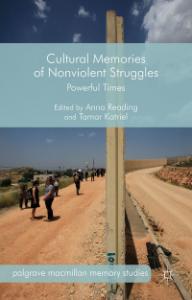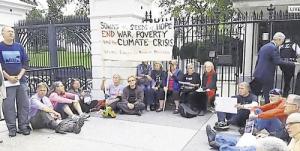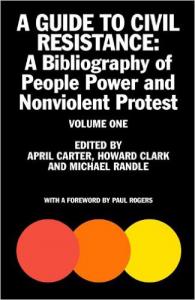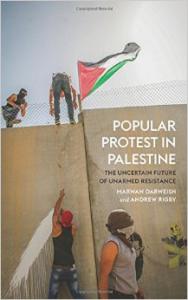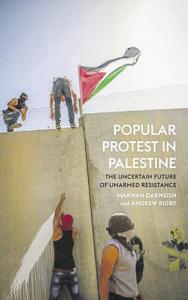GOALS: To keep the owners from instituting a seven-day work week (owners were trying to add 12-hour mandatory Saturday and Sunday shifts – with no overtime pay)
On 9 June 1987, workers of the Sindicato de Trabajadores de Lunafil (Lunafil Thread Factory Workers Union, or SITRALU) were given unwelcome news by management.
The Lunafil factory was located on the main highway in Amatitlan, just 15 miles from Guatemala City (capital of Guatemala). In that factory workers spun cotton…


